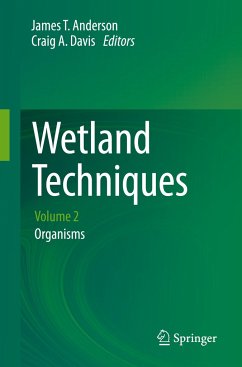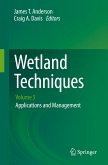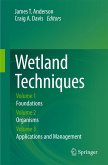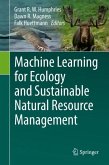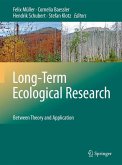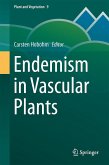Wetlands serve many important functions and provide numerous ecological services such as clean water, wildlife habitat, nutrient reduction, and flood control. Wetland science is a relatively young discipline but is a rapidly growing field due to an enhanced understanding of the importance of wetlands and the numerous laws and policies that have been developed to protect these areas. This growth is demonstrated by the creation and growth of the Society of Wetland Scientists which was formed in 1980 and now has a membership of 3,500 people. It is also illustrated by the existence of 2 journals (Wetlands and Wetlands Ecology and Management) devoted entirely to wetlands.
To date there has been no practical, comprehensive techniques book centered on wetlands, and written for wetland researchers, students, and managers. This techniques book aims to fill that gap. It is designed to provide an overview of the various methods that have been used or developed by researchers andpractitioners to study, monitor, manage, or create wetlands. Including many methods usually found only in the peer-reviewed or gray literature, this 3-volume set fills a major niche for all professionals dealing with wetlands.
To date there has been no practical, comprehensive techniques book centered on wetlands, and written for wetland researchers, students, and managers. This techniques book aims to fill that gap. It is designed to provide an overview of the various methods that have been used or developed by researchers andpractitioners to study, monitor, manage, or create wetlands. Including many methods usually found only in the peer-reviewed or gray literature, this 3-volume set fills a major niche for all professionals dealing with wetlands.
From the reviews:
"The Second Volume of Wetland Techniques is devoted to the study of a wide range of organisms- from microbes to mammals. ... The classroom and laboratory exercises at the end of each chapter are an important and useful aspect ... . a very useful contribution which attempts to bring together the research methods from many disciplines that are required to investigate the wetlands, and thereby fill an important gap in wetland literature." (Brij Gopal, International Journal of Ecology and Environmental Sciences, Vol. 40 (2), 2014)
"The Second Volume of Wetland Techniques is devoted to the study of a wide range of organisms- from microbes to mammals. ... The classroom and laboratory exercises at the end of each chapter are an important and useful aspect ... . a very useful contribution which attempts to bring together the research methods from many disciplines that are required to investigate the wetlands, and thereby fill an important gap in wetland literature." (Brij Gopal, International Journal of Ecology and Environmental Sciences, Vol. 40 (2), 2014)

